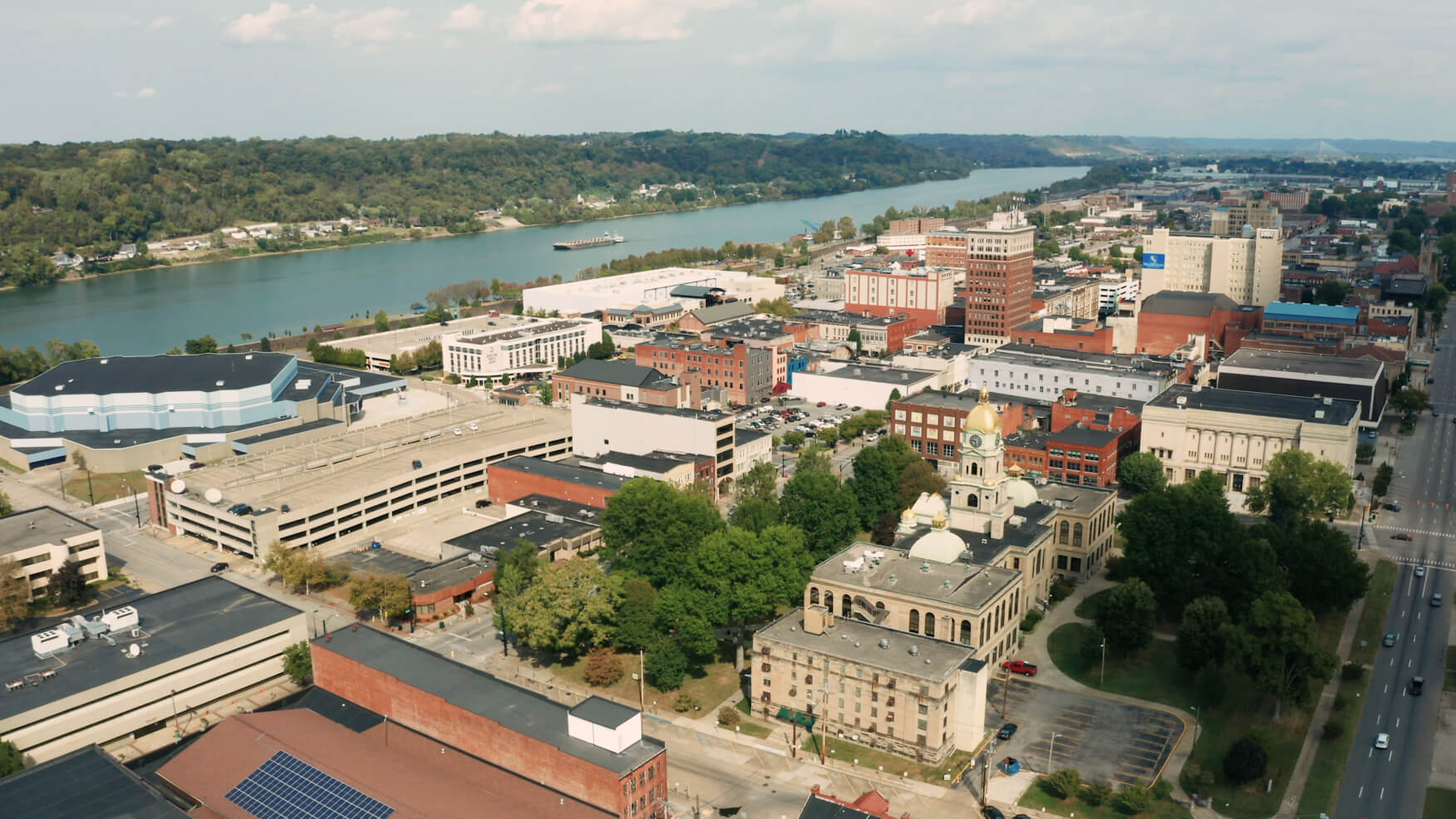Huntington, WV Housing Market: Current Trends and Future Opportunities

In 2023, the City of Huntington, WV and the Huntington WV Housing Authority commissioned a regional housing study to assess the availability and affordability of housing across the entire spectrum of household incomes. This blog discusses several crucial insights shared by Patrick Bowen from Bowen National Research during the presentation of the Huntington and Cabell County Housing Study on April 24, sponsored by Community Trust Bank.
Demographic Shifts and Economic Dynamics
The City of Huntington, WV is witnessing a demographic shift, with a noticeable decrease in household numbers projected to continue over the next five years. Despite this trend, there's a silver lining with potential job growth sparked by recent economic announcements that could stabilize or even reverse these declines.
The economic climate in Huntington is poised for transformation, with the Advantage Valley region expecting to add thousands of jobs thanks to substantial economic investments. These new jobs are likely to catalyze a variety of demographic shifts, including an increase in both renter and owner households in diverse income brackets.
Housing Stock and Affordability Challenges
Huntington’s housing stock shows a critical gap, especially in affordable rental options. With an impressive 97.3% occupancy rate across multifamily units and long waiting lists for government-subsidized housing, the need for more housing is clear. The city's market-rate properties, however, exhibit a lower occupancy rate, suggesting a mismatch between housing availability and affordability.
The for-sale market in Huntington isn't faring much better in terms of accessibility. While there is a significant demand for homes priced below $200,000, the availability remains tight, indicating a robust market for lower-priced homes but insufficient supply.
Emerging Trends and Future Projections
Looking ahead, the largest demographic growth within Huntington is expected among seniors aged 75 and older, and among middle-aged households (35-44 years). This points towards a growing demand for housing that caters to these age groups, particularly in terms of accessibility and type.
Furthermore, the projected increase in higher-income renter households signals a potential shift in market demand, likely increasing the need for quality rental properties that cater to a more affluent demographic.
Strategic Responses and Development Opportunities
In response to these insights, several strategies have been recommended to address Huntington’s housing challenges:
- Development Focus: Encouraging the development of both high-density and low-density housing to match the diverse needs of the population.
- Blight Mitigation: Prioritizing the redevelopment of blighted areas could improve living conditions and attract new residents.
- Economic Incentives: Implementing tax abatements or other incentives could stimulate private investment in housing development.
- Community and Stakeholder Engagement: Increased collaboration between the city, developers, and community members is crucial to align housing developments with community needs.
The Tri-State stands at a crossroads, with significant potential for growth tempered by challenges in housing affordability and stock. By strategically addressing these issues, Huntington can not only meet the current housing demand but also set a foundation for sustainable growth and revitalization that benefits all residents.
This assessment not only highlights the current state of Huntington’s housing market but also frames the conversation for future development, aiming to create a vibrant, inclusive community through thoughtful urban planning and development strategies.
